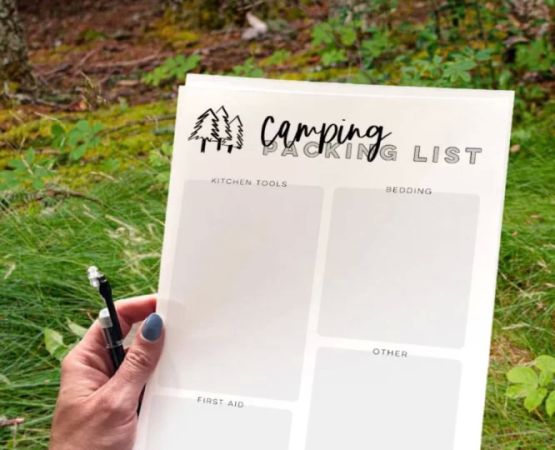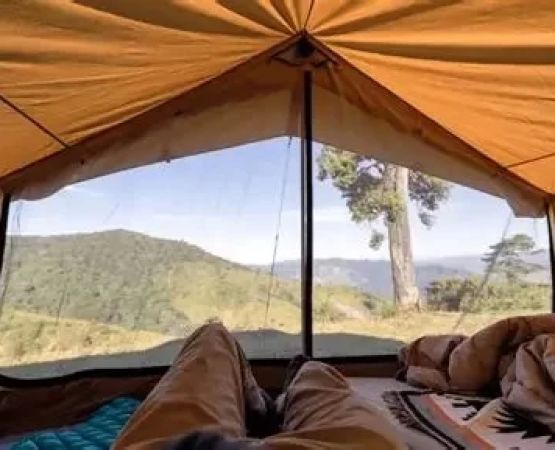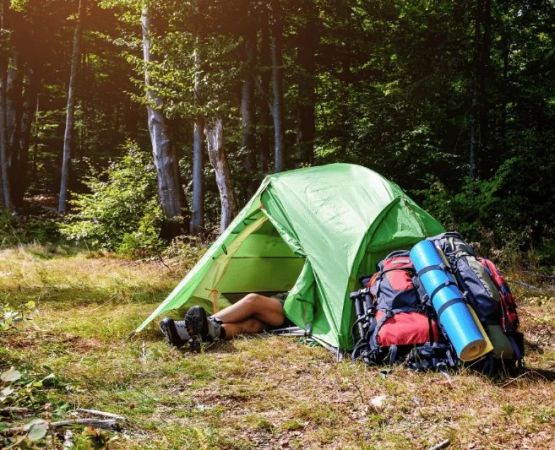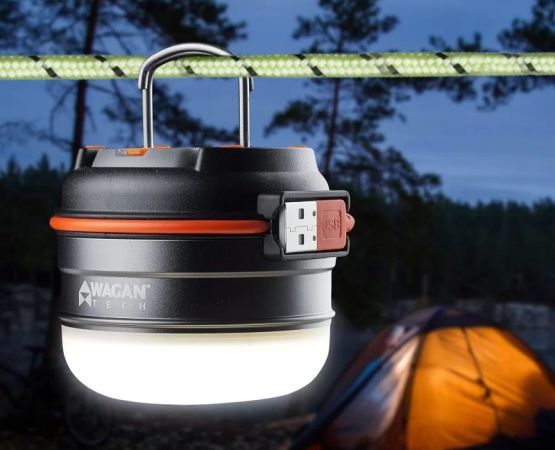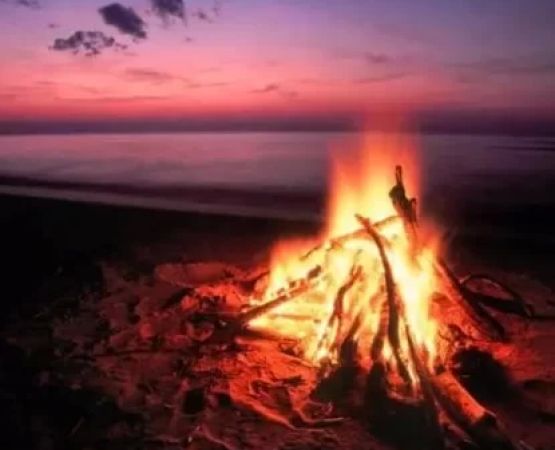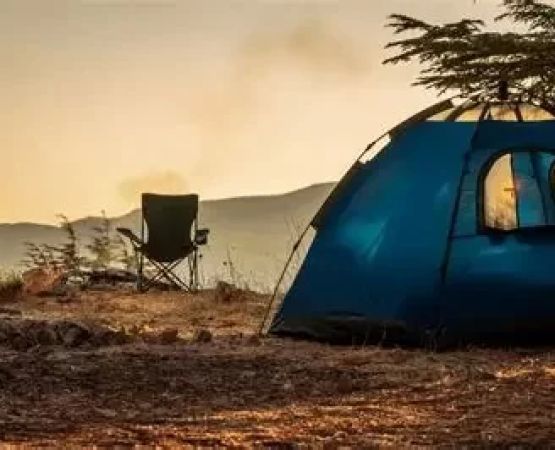How to Use a Hammock for Camping
When it comes to camping, nothing beats the feeling of swinging in a hammock, surrounded by nature, and falling asleep under the stars. Hammocks have become increasingly popular among campers for their comfort, ease of setup, and the relaxation they provide. I was once a skeptic, but after trying it myself, I can confidently say that using a hammock for camping can completely transform your outdoor experience. In this article, I’ll share tips on how to use a hammock for camping, why it’s a great choice, and how you can make the most of your hammock adventure.
1. Why Use a Hammock for Camping?
Camping traditionally involves tents, but a hammock offers several advantages that make it worth considering. First and foremost, hammocks are incredibly lightweight and compact, making them ideal for backpacking. When you're on the move, a hammock takes up significantly less space than a bulky tent. Plus, it’s easy to pack and doesn’t require heavy poles or stakes. The freedom of being able to set up camp nearly anywhere—between two trees or posts—is a huge selling point.
Beyond the practicality, hammocks also provide comfort. Sleeping on the ground can be uncomfortable, especially if you’re dealing with uneven terrain, rocks, or mud. A hammock allows you to sleep off the ground, which can be a game-changer in areas where the ground is damp or uneven. Furthermore, the gentle swaying motion of a hammock can help you relax, making it easier to drift off to sleep under the stars.
2. Choosing the Right Hammock for Camping
Before you head off on your camping adventure, it’s important to choose the right hammock. There are several factors to consider when picking a hammock for camping. Here's what to look for:
- Weight Capacity: Ensure that the hammock can hold your weight comfortably. Most camping hammocks are designed to hold between 300 to 500 pounds, but it's always important to check the specifications.
- Material: Camping hammocks are typically made from lightweight yet durable materials like nylon or polyester. These materials are not only comfortable but also resistant to weather conditions.
- Single vs. Double Hammocks: If you’re camping solo, a single hammock will suffice, but if you plan on sharing with a partner, a double hammock is a more comfortable option. Double hammocks also provide extra space for solo campers who like room to stretch out.
- Integrated Bug Nets: If you’re camping in areas with a lot of insects, an integrated bug net can be a lifesaver. Many camping hammocks come with a built-in netting to protect you from mosquitos and other pests.
- Rain Fly: A rain fly is essential if you expect to encounter rain. It covers the hammock and helps keep you dry while you sleep, ensuring that you stay comfortable during the night.
3. How to Set Up a Hammock for Camping
Setting up a hammock for camping is simple, but there are some best practices to keep in mind to make sure you have a comfortable and safe experience. Here’s how I set up my hammock when I go camping:
- Find the Right Location: Look for two sturdy trees or posts that are about 10-15 feet apart. Make sure they are healthy and strong enough to support your weight.
- Use Quality Straps: Invest in high-quality hammock straps that are durable and easy to adjust. These straps should be wrapped around the trees and clipped securely to your hammock's carabiners. Avoid using ropes, as they can cause tree damage.
- Set the Proper Height: The hammock should be suspended about 18-24 inches off the ground. This allows for comfortable entry and exit while keeping the hammock above any ground moisture or dirt.
- Adjust the Tension: Once the hammock is hung, test the tension by sitting in it. It should have enough slack to create a slight curve, but not so much that it feels unstable.
- Consider a Sleeping Pad: While hammocks are naturally comfortable, if you’re camping in colder temperatures, consider adding a sleeping pad to keep the underside of your hammock insulated from the cold air.
4. Enhancing Comfort with Hammock Accessories
To make your hammock camping experience even more enjoyable, there are a few accessories that I highly recommend. These items can enhance your comfort and overall experience:
- Underquilt: An underquilt is a great option for colder climates as it provides extra warmth by insulating the underside of your hammock. It’s a popular choice for hammock campers who like to extend their camping season.
- Pillow: While you can use your clothes or a stuff sack filled with clothes for a makeshift pillow, investing in a hammock-specific pillow can improve your sleep quality and add to your comfort.
- Hammock Rain Fly: This is essential for keeping you dry during unexpected rain showers. A rain fly will also protect your hammock from the elements and offer extra shade on hot days.
5. Safety Tips for Hammock Camping
While using a hammock for camping is generally safe, it’s important to follow some basic safety precautions. Here are a few tips to ensure you have a safe camping experience:
- Check Your Setup: Always double-check that your hammock is securely attached and the straps are tightly fastened. This will prevent any accidents or unexpected falls during the night.
- Avoid Overloading: Never exceed the weight limit of your hammock. Always check the manufacturer’s recommended weight capacity and make sure to account for any additional weight from gear or accessories.
- Weather Conditions: Keep an eye on the weather forecast before setting up your hammock. Avoid setting up in areas prone to high winds, flooding, or other extreme conditions that could pose a safety risk.
6. Conclusion: Enjoy Your Hammock Camping Adventure
Using a hammock for camping is an enjoyable, relaxing, and lightweight alternative to traditional camping setups. With the right hammock and a few simple accessories, you can create a comfortable, safe, and enjoyable camping experience. Whether you’re a seasoned adventurer or a first-time camper, using a hammock is a great way to enjoy the great outdoors in a new and exciting way. So, pack up your gear, find the perfect spot, and experience the freedom of hammock camping for yourself!

